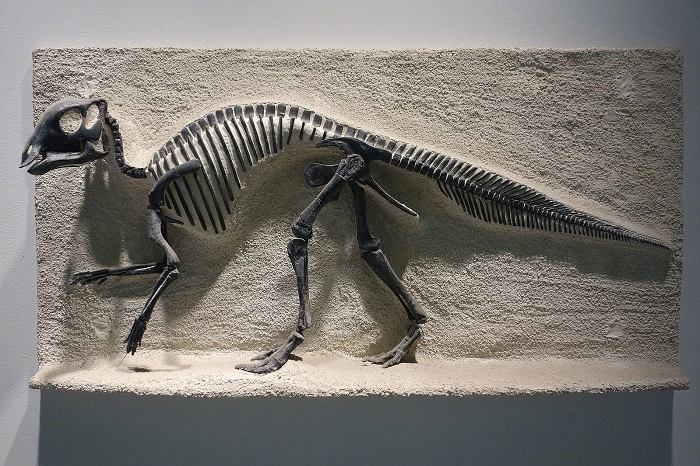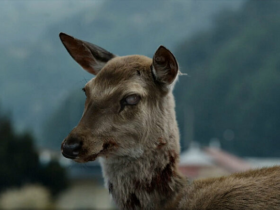Fossil life on Earth has existed for hundreds of millions of years. During this time, evolution has so changed the appearance of many species of plants and animals that it is often impossible to believe in the genetic connection of some of them with modern species.
The largest number of folk legends among all sciences falls on history and the prehistoric period – paleontology. Vsevolod Efremenko, an employee of the laboratory of paleontology and stratigraphy of the Mesozoic and Cenozoic at the Institute of Petroleum Geology and Geophysics of the SB RAS, spoke about some of them.
While scientists were writing about the genetic connection of a wolf with a dog or mammoths with elephants, that is, about a history of tens of thousands of years, no one had any questions or doubts. But when, in the early 1990s, molecular geneticists suddenly attributed the large rodent Doman, which turned out to be not a rodent at all, but a representative of mammals – Afrotherians, to the ancestors of the elephant, it became obvious that appearances were deceptive. However, humanity falls for this deception of evolution every time with great pleasure: “I myself am glad to be deceived.” Due to the constant development, disappearance and appearance of various living creatures on our planet, the science of paleontology is densely overgrown with myths. It has grown so much that most people today have a very vague idea about it.
Paleontologists do not study ancient man – during the Mesozoic period (251–66 million years ago) and most of the Cenozoic he did not yet exist. It is extremely rare that they come across the bones of ancient animals, since bones are most often not preserved in the geological layers that they study. Over millions of years, they turned into dust invisible to the eye. Paleontologists, contrary to our beliefs, do not dig anything. They work with hammers and deal exclusively with stone and fossilized organisms, mainly marine life.





